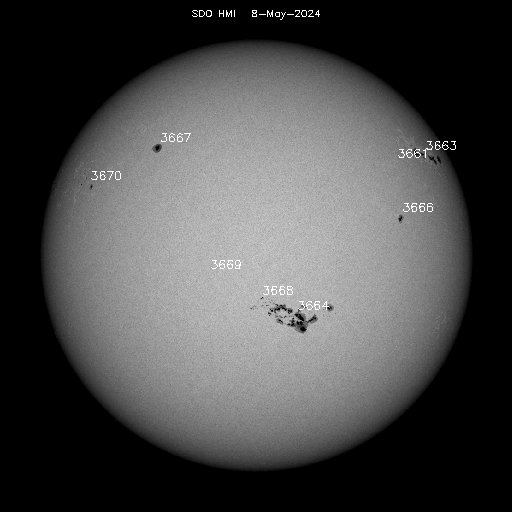Equiped with a new set of interferential filters, I tried to image Venus from Majadahonda to check if something could be discriminated in the atmosphere using the filters that I have. The camera was the usual Phillips Toucam Pro with the following set filters manufactured by Edmund Optics: 400 nm, 450 nm and 880 nm with respectively 50, 80 and 50 nm of FWHM. The telescope was my Celestron 8" SCT. As Venus is still very far from us, I used a 2x Barlow to increase as possible the size of the disk in the camera detector. The following image is the result of the stacking of 80 images with the false colour combination R:880 nm, G: 450 nm and B:400 nm.

It is well known that the Venus atmosphere presents some UV absorvers. They are distributed in atmospheric dark bands that could be constituted by chlorine or/and sulfure compounds. It is known since the Mariner 10 captured the firsts closed images of the planet. At present, Venus Express is observing the atmosphere in UV to better understand the composition of these bands and their paper in the atmospheric circulation.
In order to detect some atmospheric detail, I tried to exploit that the Phillips Toucam Pro has some sensibility in the UV and the 400 nm interferential filter has some band pass in the near UV. However, anything was observable. Maybe the band pass of the filter should be shorter to detect better the radiance contrast produced by the different molecular especies or perhaps the scale of the atmospheric bands is very low and their removed by the stacking required to reduce the seeing.


























